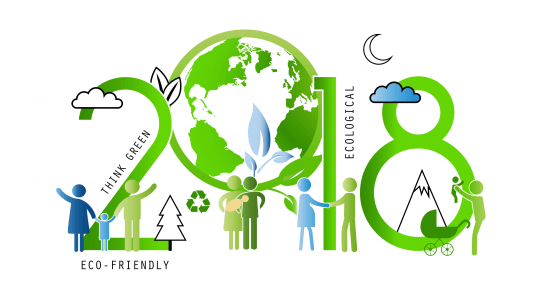 What is Earth Day?
What is Earth Day?
Earth Day is celebrated annually on April 22 with events worldwide in support of the environment and to raise awareness for the environmental protection and care of our planet.
The first Earth Day on April 22, 1970 is considered to be the birthday of the modern environmental protection movement. It is said that nowadays more than one billion people worldwide take part in activities on Earth Day, making it the world’s most widely observed secular (non-religious) holiday.
In 1969 peace activist John McConnell proposed to hold a day in honor of the Earth on the day of the spring equinox (around March 21, the first day of spring in the northern hemisphere). The UN adopted this idea and since 1970 celebrates equinox Earth Day every year on the day of the March equinox with the ringing of the Japanese Peace Bell. At about the same time, US Senator Gaylord Nelson, a Democratic politician famous for his environmental work, proposed to hold a teach-in about environmental issues on April 22, which developed into Earth Day.
While initially only held in the United States, the idea was taken global in 1990 by the Earth Day Network, and Earth Day is now celebrated globally every year on April 22.
Source: Text: www.calendarpedia.com
Earth Day 2018: End Plastic Pollution Countdown to April 22
Plastic pollution is poisoning our oceans and land, injuring marine life, and affecting our health!
Help End Plastic Pollution by finding out how many plastic items you consume every year.
Earth Day 2018 is dedicated to providing the information and inspiration needed to fundamentally
change human attitude and behavior about plastics.
Source: Text: www.earthday.org Image: Alphr
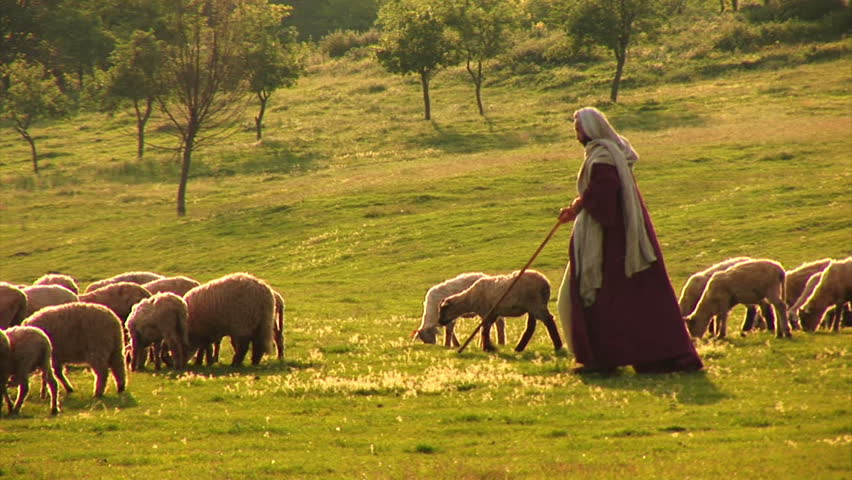
 It is the story of a pilot going home for Christmas and, suddenly, his aircraft suffers a complete electrical failure en route. Lost in fog and with little fuel left, he fears the worse. Literally out of the blue and absolutely unexpected. he is met and led (or shepherded) by another pilot who has apparently been sent up to guide him and bring him to land safely.
It is the story of a pilot going home for Christmas and, suddenly, his aircraft suffers a complete electrical failure en route. Lost in fog and with little fuel left, he fears the worse. Literally out of the blue and absolutely unexpected. he is met and led (or shepherded) by another pilot who has apparently been sent up to guide him and bring him to land safely.

 World Parkinson’s Disease Day marks the birthday of Dr. J Parkinson. On this day there are efforts made to increase the public awareness of this terrible disease, as well as all the good works put forth by the world’s organizations dedicated to eradicating this disease.
World Parkinson’s Disease Day marks the birthday of Dr. J Parkinson. On this day there are efforts made to increase the public awareness of this terrible disease, as well as all the good works put forth by the world’s organizations dedicated to eradicating this disease.  The United Nations’ International Day for Mine Awareness and Assistance in Mine Action is observed on April 4 each year. This day aims to raise awareness about landmines and progress toward their eradication.
The United Nations’ International Day for Mine Awareness and Assistance in Mine Action is observed on April 4 each year. This day aims to raise awareness about landmines and progress toward their eradication.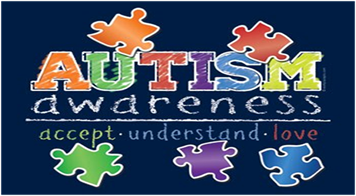 World Autism Awareness Day (WAAD) aims to put a spotlight on the hurdles that people with autism – and others living with autism – face every day. As a growing global health issue owing to its increasing exposure in the press and common knowledge, autism is an issue that is only gaining more understanding – and WAAD activities are planned every year to further increase and develop world knowledge of children and adults who have autism spectrum disorder (ASD).
World Autism Awareness Day (WAAD) aims to put a spotlight on the hurdles that people with autism – and others living with autism – face every day. As a growing global health issue owing to its increasing exposure in the press and common knowledge, autism is an issue that is only gaining more understanding – and WAAD activities are planned every year to further increase and develop world knowledge of children and adults who have autism spectrum disorder (ASD).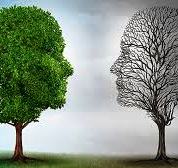
 organisations from countries and regions all over the world will hold awareness-raising activities.
organisations from countries and regions all over the world will hold awareness-raising activities.
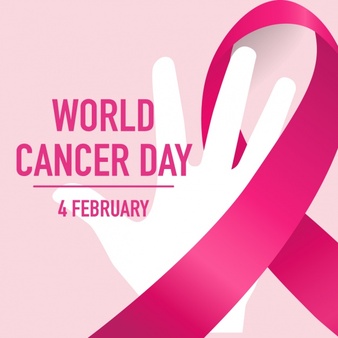 World Cancer Day is a global observance that helps raise people’s awareness of cancer and how to prevent, detect, or treat it. This event is held on February 4 each year.
World Cancer Day is a global observance that helps raise people’s awareness of cancer and how to prevent, detect, or treat it. This event is held on February 4 each year.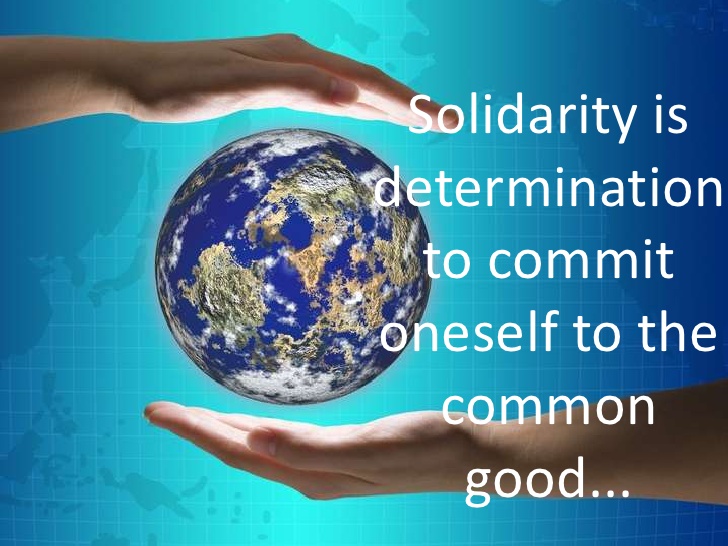 The United Nations’ (UN) International Human Solidarity Day is annually held on December 20 to celebrate unity in diversity. It also aims to remind people on the importance of solidarity in working towards eradicating poverty.
The United Nations’ (UN) International Human Solidarity Day is annually held on December 20 to celebrate unity in diversity. It also aims to remind people on the importance of solidarity in working towards eradicating poverty.